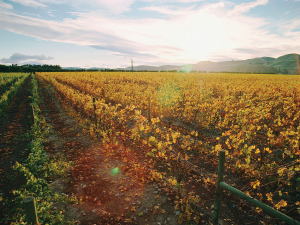When Philip Gregan began working at the Wine Institute of New Zealand in 1983, this country had 6,000 planted hectares and an abundance of potential.
Fast forward four decades and there are 41,860ha of producing vineyard, and a whopping $2.4 billion in exports for the year ending May 2023.
While history is key, where we are going is more important, Philip says, in reflecting on his time in the industry. “We must always have our eye on what the next 10, 20, 30 years will bring. And I fundamentally believe that’s a really exciting future for New Zealand wine.”
That future will doubtless include innovations to ensure the industry grows its environmental sustainability and reduces its carbon footprint, including by addressing the emissions involved in producing and transporting glass bottles. “Although no non-glass packaging is the perfect solution, the overwhelming environmental benefits, improved convenience, and increased options for serving size have now made alternative packaging a viable option,” says Nadine Worley, as she explores the possibilities.
Wine merchants expect consumers to adopt alternative packaging, and especially wine in bag-in-box containers and aluminium cans, according to the ProWein Business Report 2022. Many New Zealand companies have already adopted light weight bottles, while some are also finding alternatives to glass for some of their wines, including Dicey with their Dice bag-in-box Central Otago Pinot Noir, and Uncommon with their wine in a can. These are two of the stories Nadine looks at, but there are plenty of other companies weighing up their options. Belinda Jackson of Lawson’s Dry Hills, one of the speakers at last month’s Grape Days events, has been researching options to bottle the company’s Inviniti brand – dedicated to sustainable wine at an accessible price – in a Packamama bottle, which has a flattened shape that enables many more lightweight PET bottles to be stacked in a container. It’s an exciting prospect, says Belinda. “The challenge is actually finding someone in New Zealand who is willing to bottle it.”












